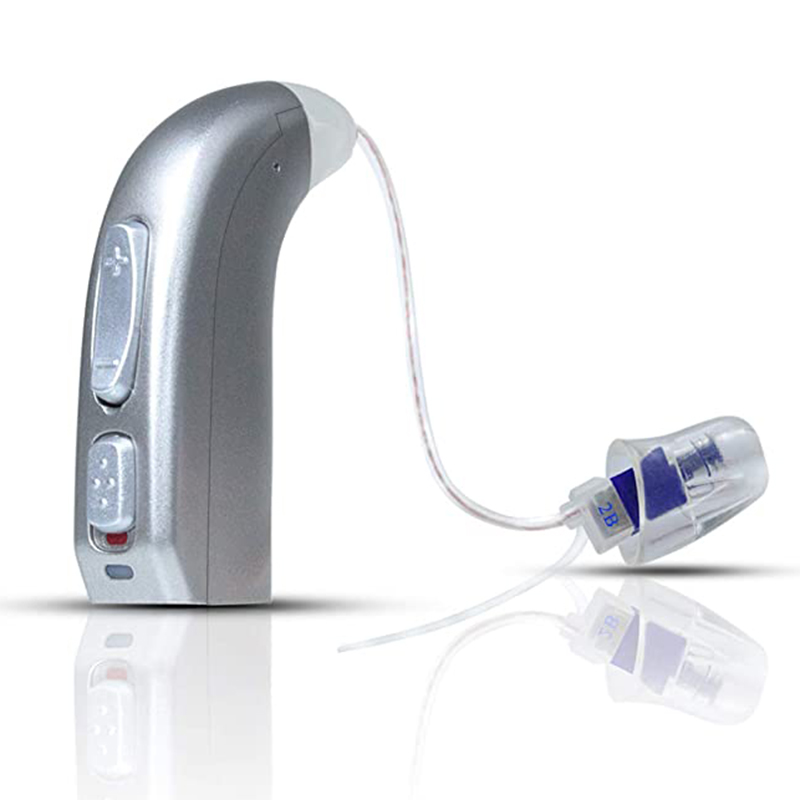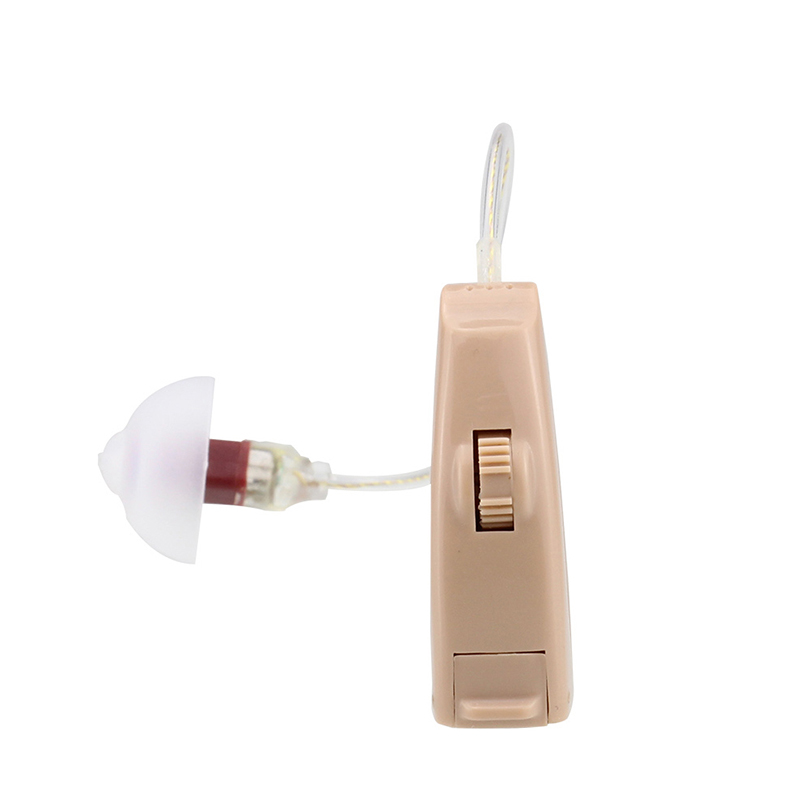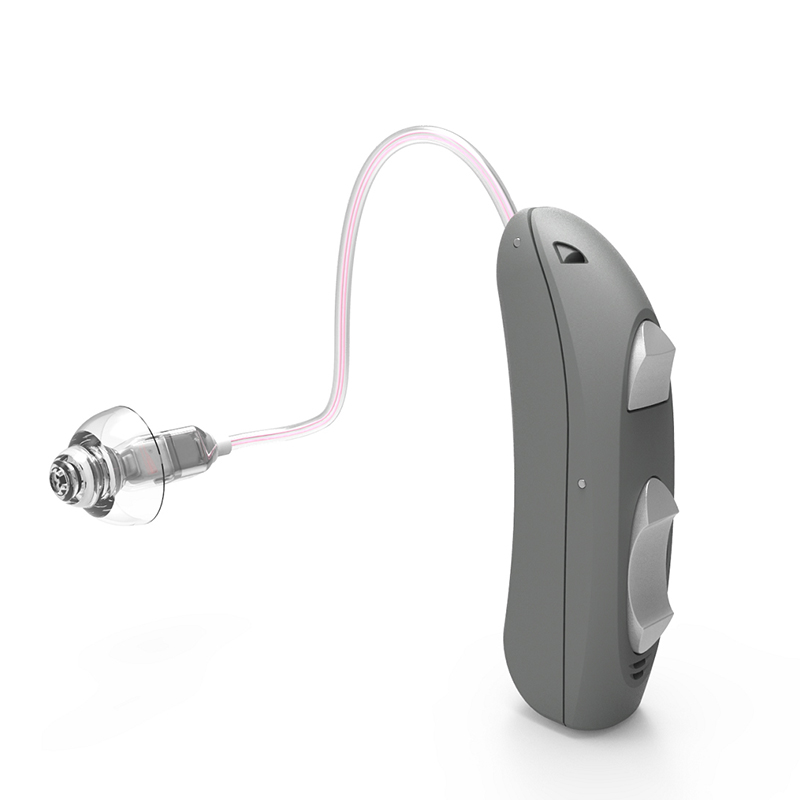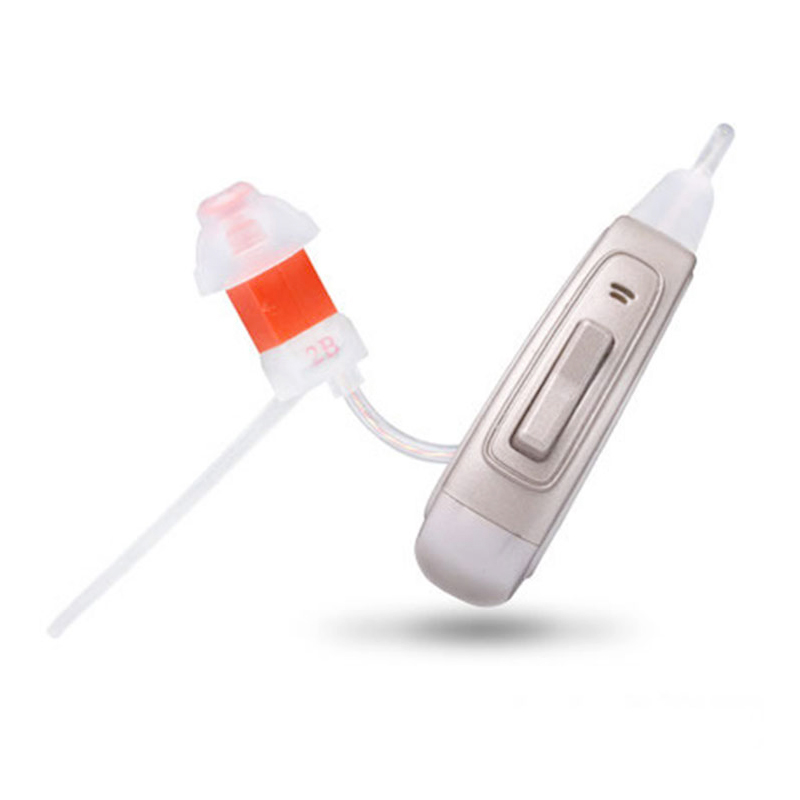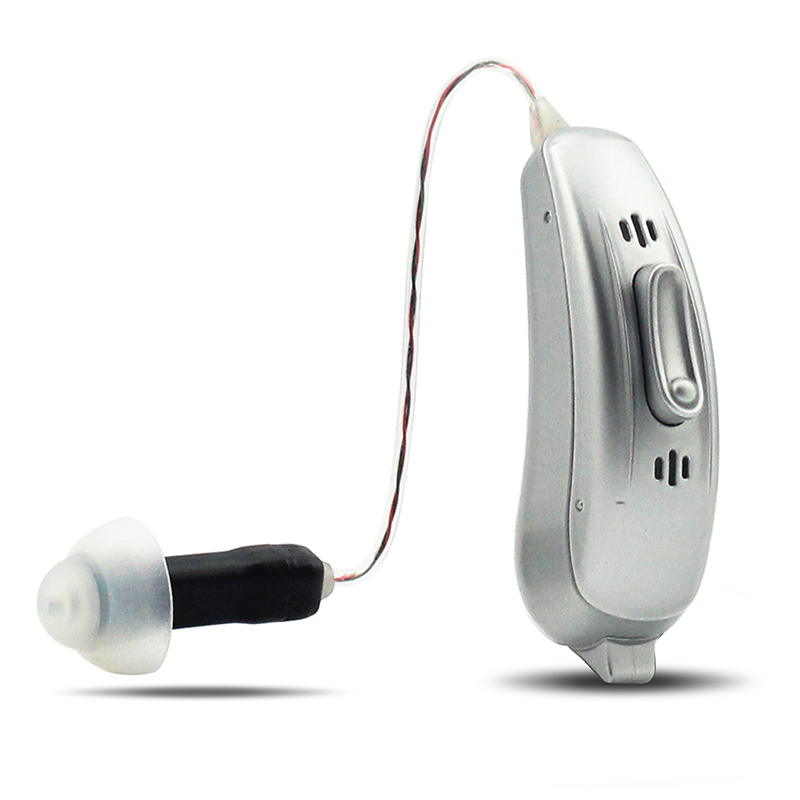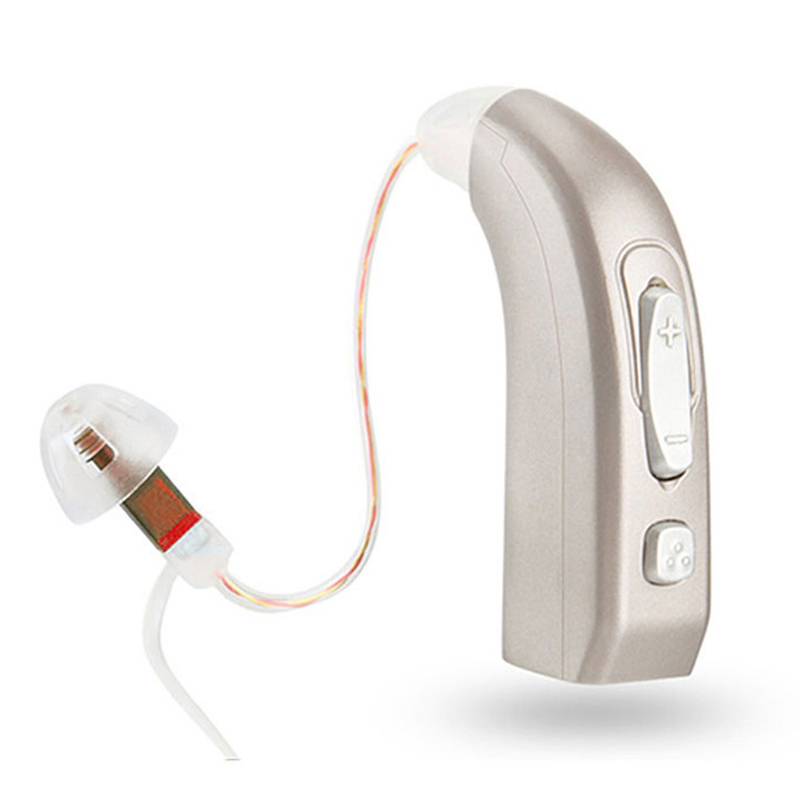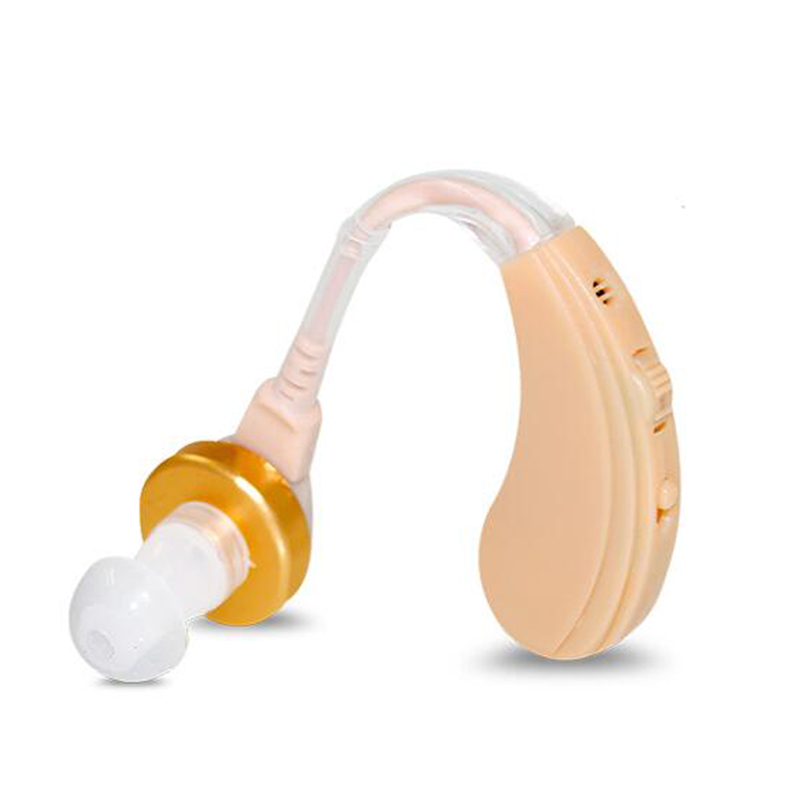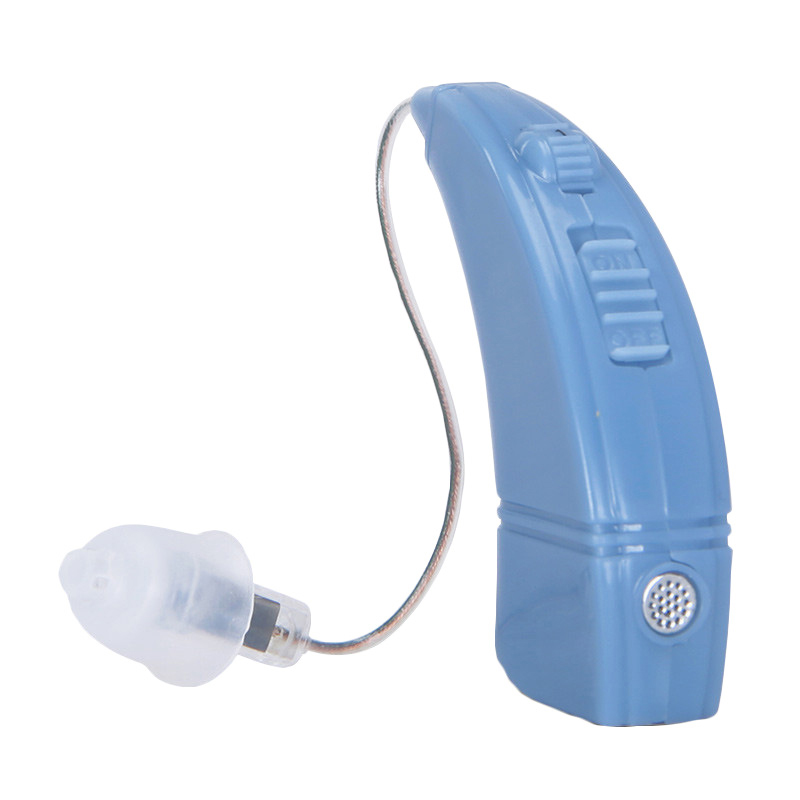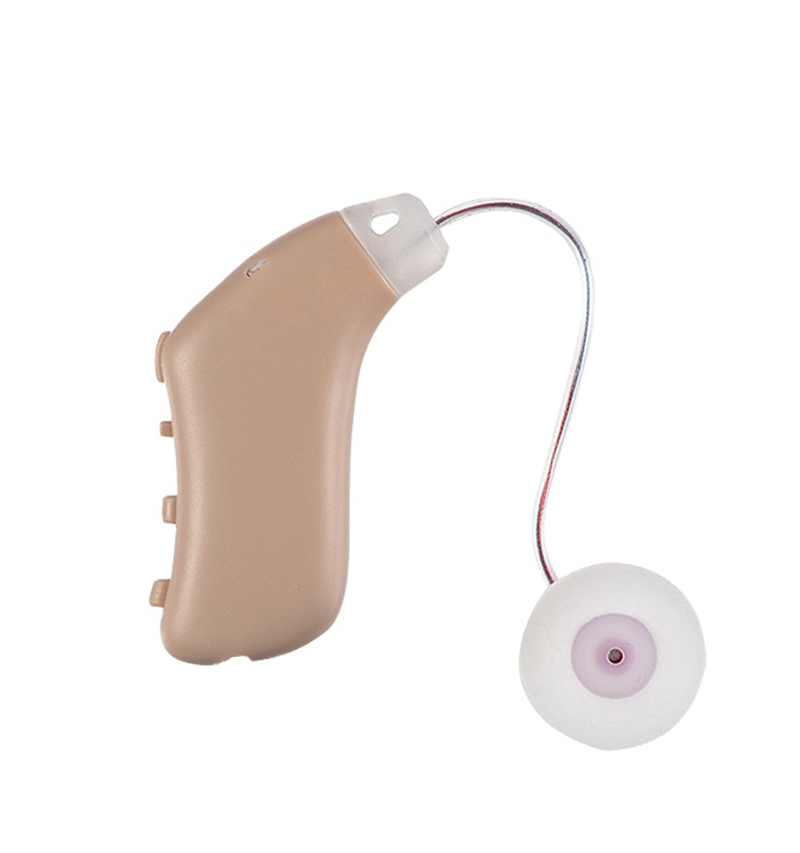A receiver-in-canal (RIC) hearing aid has an open-fit design similar to a behind-the-ear style. Instead of a tube, a thin receiver wire goes from the main part of the device over the outer ear and into the ear canal. It combined with a small, translucent ear dome makes them barely visible to others,sounds tend to be clearer and more intact.
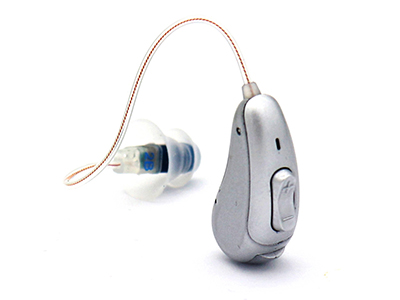
Both RIC and BTE hearing aids feature a hard case, or shell, that rests behind the ear. This case houses most (or in some cases, all) of the hearing aid's electronic components, such as the microphone, amplifier, digital chip and speaker.RIC hearing aids have the receiver chip (or speaker) actually inside the dome which goes into the ear, different from BTE hearing aids which have the receiver in the main body behind the ear and the sound is sent down the tube.
The average prices of RIC hearing aids depends on its economy, mid-level, and premium in the rang of $100 to $10000,even more.
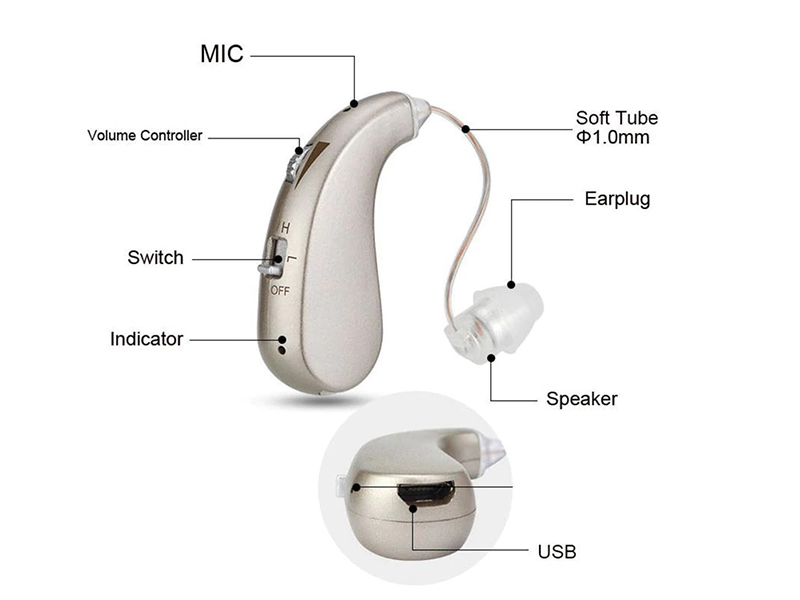
In terms of technology, both BTE and RIC hearing aids are equipped to make the most of modern living. You can find the following capabilities in both styles, depending on the model:
1.Direct streaming from your smartphone.
2.Tinnitus treatment/relief.
3.Fully rechargeable (no batteries to replace).
4.Remote adjustment of volume/programs via mobile app.
Benefits and Drawbacks of RIC:
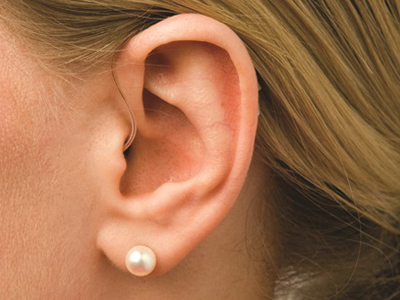
Benefits: Since the RIC's case doesn't need to house the speaker, it's typically slimmer and smaller than most BTE models. RIC styles also boast a thin, electrical wire instead of an ear hook or tubing, which when combined with a small, translucent ear dome makes them barely visible to others.
Sounds tend to be clearer and more intact with RIC hearing aids, as the speaker rests closer to the ear canal. And distancing the speaker from the microphone minimizes another common complaint: feedback.
RIC hearing aids' open and semi-open fit ear domes also allow low frequency sounds to escape, resulting in a more natural sounding speaking voice.
Drawbacks: The smaller size of RIC hearing aids may make them more difficult to insert/remove, adjust settings and clean-especially for those with limited fine motor skills. And while it can accommodate a range of hearing loss levels, it does not offer as much amplification as the BTE. The placement of the speaker in the ear canal also makes it more vulnerable to moisture and wax buildup, thus requiring regular maintenance to minimize damage or sound issues.

